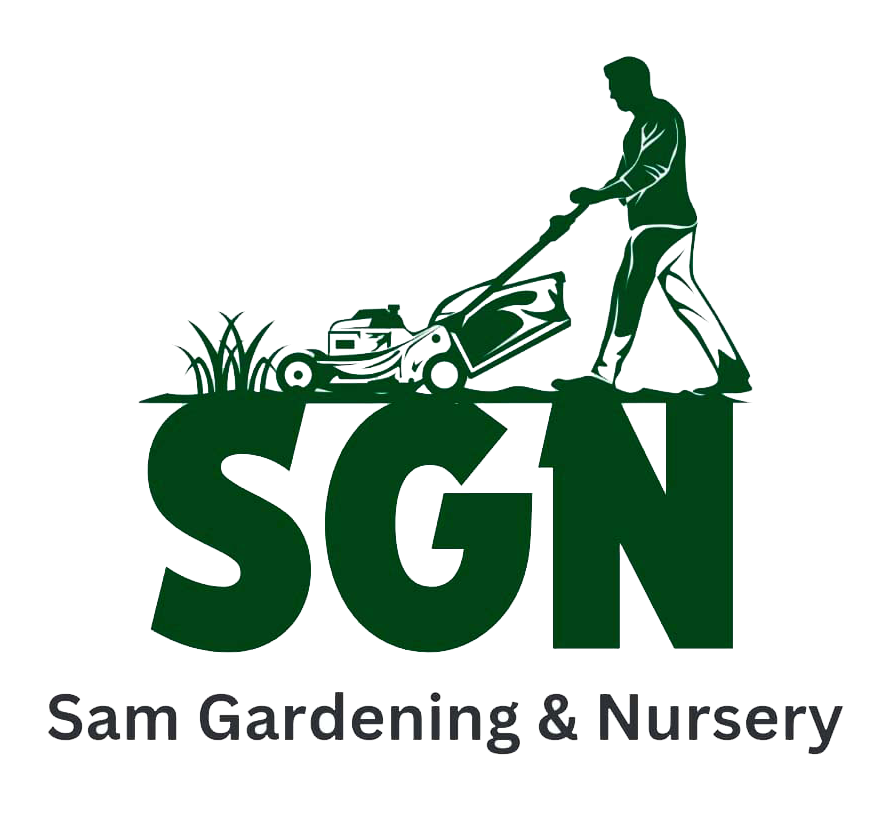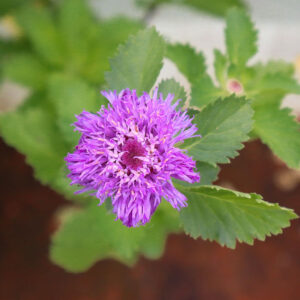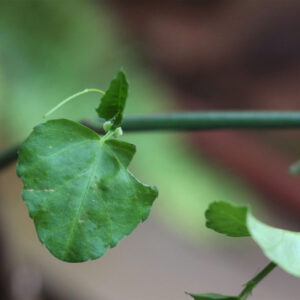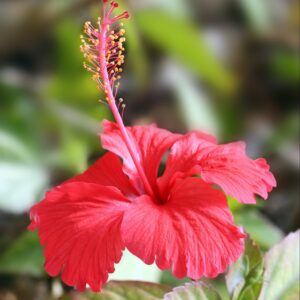Heliconia
₹52.50 – ₹105.00
Heliconia is a genus of tropical plants known for their striking and ornamental inflorescences. These plants are native to the tropical regions of the Americas and are often cultivated for their colorful and unique flowers. Here are some key points about Heliconia:
- Inflorescence: The most distinctive feature of Heliconia plants is their inflorescence, which is a specialized structure that consists of brightly colored bracts. The actual flowers are small and inconspicuous, nestled within the bracts.
- Flower Varieties: Heliconia species and cultivars exhibit a wide range of bract colors and shapes. Common colors include shades of red, orange, yellow, and green. Some varieties have long, erect bracts, while others have pendulous or lobster-claw-shaped inflorescences.
- Foliage: Heliconia plants typically have large, banana-like leaves with a glossy texture. The leaves add to the overall tropical appearance of the plant and contribute to its lush and vibrant look.
- Growth Habit: Heliconias can have varying growth habits, including upright or clumping forms. Some species are relatively small, while others can grow into large, dramatic plants.
- Cultural Requirements: Heliconias thrive in tropical and subtropical climates. They prefer well-draining soil, high humidity, and warm temperatures. While they can tolerate partial shade, they generally perform best in full sunlight.
- Watering: Heliconias require regular watering to maintain soil moisture, especially during dry periods. However, it’s important to ensure proper drainage to prevent waterlogging.
- Propagation: Heliconias can be propagated through division of rhizomes or by collecting and planting seeds. Dividing the rhizomes is a common method for creating new plants.
- Landscaping Use: Heliconias are popular choices for tropical landscaping, gardens, and as specimen plants. They add a dramatic and exotic touch to outdoor spaces.
- Wildlife Attraction: The unique structure of Heliconia flowers attracts pollinators like hummingbirds and butterflies. The plants play a role in the ecological interactions of tropical ecosystems.
- Cut Flowers: The vibrant and long-lasting bracts of Heliconia make them popular choices for cut flowers in tropical flower arrangements.
- Heliconia Varieties: There are numerous Heliconia species and cultivars. Some well-known varieties include Heliconia rostrata (Lobster Claw), Heliconia psittacorum (Parrot’s Beak), and Heliconia bihai (Macaw Flower).
- Container Gardening: Some smaller varieties of Heliconia can be grown in containers, making them suitable for patio or balcony gardens in regions with appropriate climates.
Heliconias are valued not only for their decorative appeal but also for their role in enhancing the biodiversity of tropical ecosystems. Their unique bract structures and vibrant colors make them stand out in gardens and landscapes, contributing to the overall beauty of tropical environments.




Reviews
There are no reviews yet.